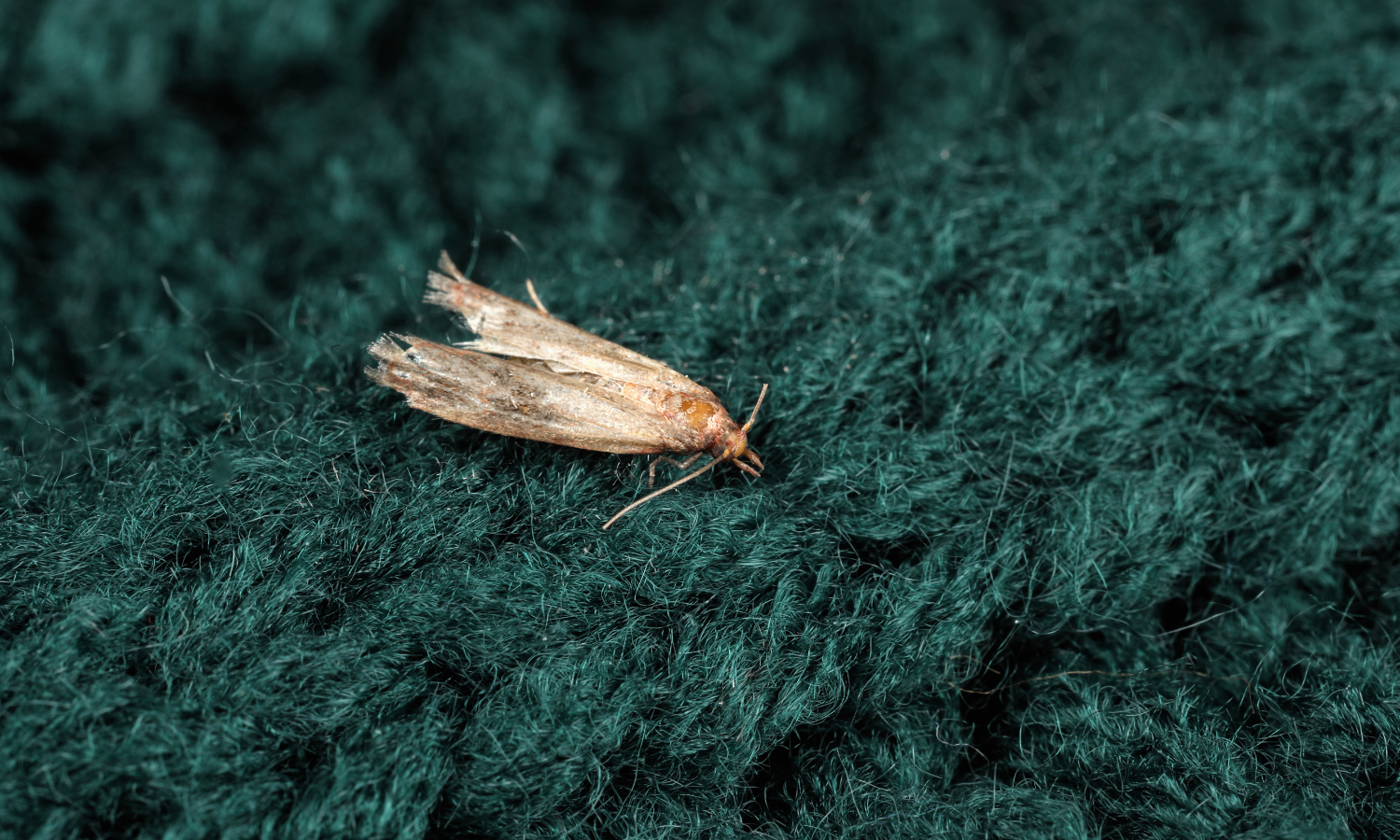Updated on July 26th, 2025
Discovering mysterious holes in your favorite sweater or cherished jacket is more than frustrating—it’s a clear sign of clothes moth activity. These tiny pests—particularly the larvae of webbing and case-making clothes moths—can quietly wreak havoc on your wardrobe.
At Dr. Killigan’s, we’ve helped thousands of households reclaim their closets using science-backed solutions trusted by organizations like The Smithsonian Institution. In this guide, we’ll walk you through the proven methods for clothes moth control—starting with why our traps are considered the best and how to use them effectively alongside other long-term protection strategies.
Already suspect an infestation? Jump over to [How to Get Rid of Clothing Moths] for immediate steps.
Identifying the enemy: Know your moths
Before you can win the war against fabric damage, you need to be sure you’re fighting the right enemy. While many pests can be mistaken for clothes moths, the real offenders are typically casemaking clothes moths (Tinea pellionella) and webbing clothes moths (Tineola bisselliella).

These insects are small (around 1/4 inch), yellowish or gray and often go unnoticed. Unlike larger pantry moths, clothes moths prefer darkness. They thrive in undisturbed, humid areas like closets and storage areas, feeding on animal-based fibers such as wool, silk and cashmere.
Still not sure if you’re dealing with clothes moths—or something else? Check out [ Pantry Moths vs. Clothing Moths] to make sure you're using the right approach and the best traps.
Once you're confident you’ve identified the true threat, it's time to start cleanup and containment.
Tip: Carpet beetles will also eat your wool!
Comprehensive clean-up: Infestation tips
If moths have declared war on your wardrobe, it’s time for a full-scale counterattack. A thorough clean-up is essential—not just of affected items, but of the surrounding environment as well.
Start by washing or dry cleaning any infested clothing. For delicate or non-washable items, freezing them for at least 72 hours will kill any eggs, larvae or adults. Next, vacuum your closets, carpets, drawers and under furniture, then immediately dispose of the vacuum bag in a sealed container outside your home.

Once your space is clean, Dr. Killigan’s Clothing Moth Traps become your first line of defense. Designed to lure and trap adult male moths, they break the reproductive cycle and stop infestations in their tracks. For best results, hang one trap on a closet rod, place another near the floor (as clothing moths are poor fliers) and—for added coverage—position a third trap 8–10 feet away on the opposite side of the room to help lure moths away from your closet.
Want to know how this started? [ 7 Ways You’re Contributing to a Clothing Moth Infestation] breaks down the subtle ways everyday habits and overlooked spaces might be inviting moths into your home—and how to change that.
Why Dr. Killigan's traps are the best for clothes moths

When it comes to protecting your clothes, not all traps are created equal. Dr. Killigan’s Clothing Moth Traps are designed for results—with a proprietary, double-potent pheromone formula and glue technology that outperforms competitors.
Each trap is backed by extensive lab testing, trusted by professional pest management companies and home improvement experts and has been featured in Homes & Gardens and Newsweek. With thousands of real-world success stories—from everyday households to institutions like The Smithsonian—and our 100% satisfaction guarantee, you can trust you're getting proven protection with zero risk.
Safe, powerful and easy to use—this is long-term moth control that works.
Bonus tip:Even after an infestation is cleared, clothes moths can return—especially during seasonal changes or after bringing in secondhand items. For early detection and ongoing protection, keep Dr. Killigan’s Clothing Moth Traps in place year-round.
Concluding thoughts: Discover your defense—and protect what matters
When it comes to protecting your wardrobe, not all traps are created equal. Dr. Killigan’s Clothing Moth Traps are more than a quick fix—they're a proven solution trusted by pest control pros, featured in major publications and backed by thousands of satisfied households.
From eliminating infestations to preventing future ones, these traps are the ultimate tool in your long-term defense. Norma shares, “This brand of clothing moth traps works GREAT! … No more holes in my clothing, and I am now placing my second order. Thank you, Dr. Killigan!”
So whether you’re dealing with an active moth problem or want peace of mind, trust the traps that deliver results—safely, powerfully and without compromise.
Discover the best. Stay protected. And let Dr. Killigan’s help you save your style.




















